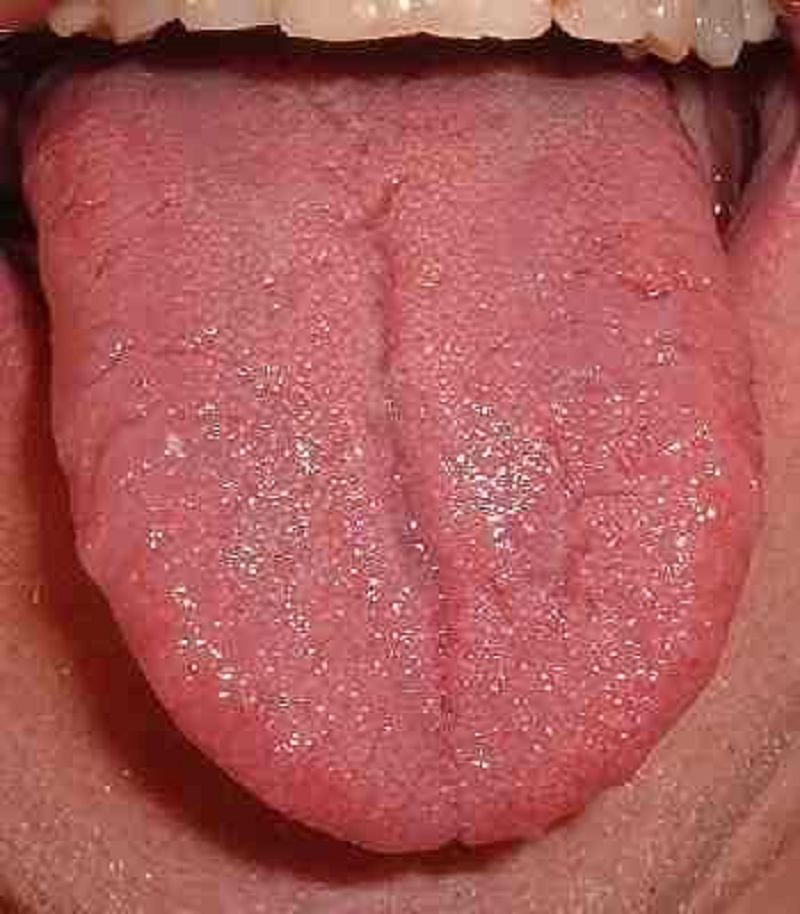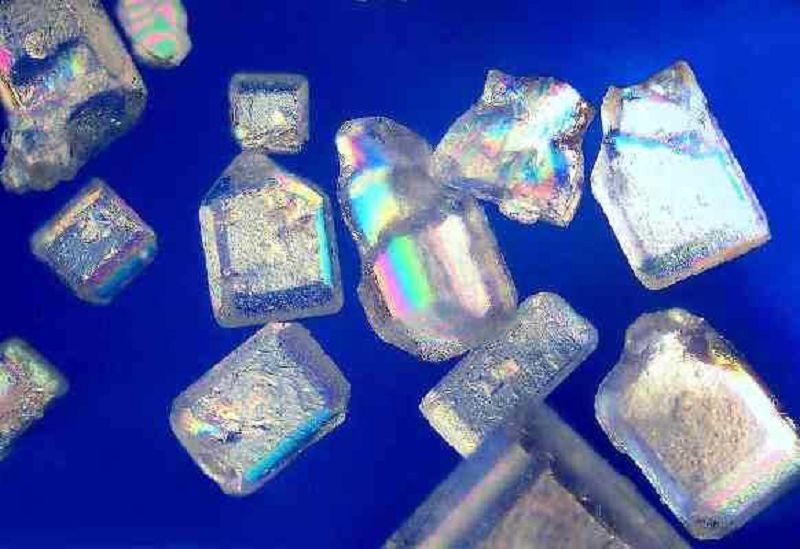17 Taste
{"name":"17 Taste", "url":"https://www.quiz-maker.com/QPREVIEW","txt":"What can we taste with our tongue?, Our tongue conveys only 5 tastes: sweet, salty, bitter, sour, and umami. The sense impression that people speak of when they speak of taste is actually an interplay of sense of taste, sense of smell, sense of touch, temperature, and sense of pain. The receptor cells that perceive the 5 tastes on the tongue are arranged in taste buds in mammals. A taste bud contains between 50 and 150 such receptor cells., Where about on the tongue can we taste sweetness?","img":"https://cdn.poll-maker.com/53-2063469/q1.jpg?sz=1200"}
More Quizzes
Efterfest- och avecregler
5239
OBJEKT
9427
Vamos ver do que nos lembramos?
9457
Apu engine run
412050
What Reality Shifting Method Should I Use? Free
201018174
Future Husband - What Kind of Husband Will You Marry?
201017217
Which Anime Girl Are You? Free Personality Type
201017677
Diction Test: Connotation & Word Choice - Free
201017886
Which Peaky Blinders Character Are You? Free
201016968
Which Criminal Minds Character Are You? Free
201017029
Gen X Trivia - Prove Your 80s/90s Pop Culture IQ
201017476
Animal Farm Chapters 1 - 10 - Test Your Knowledge
201021855









